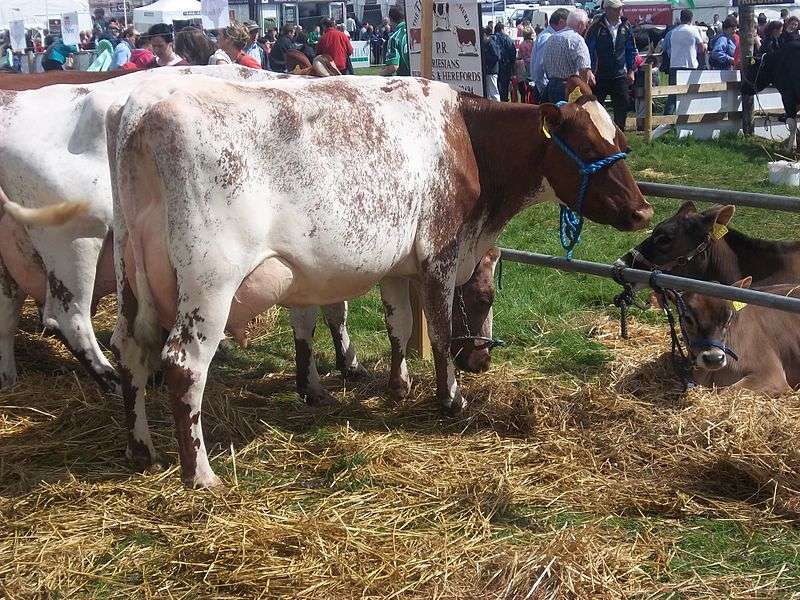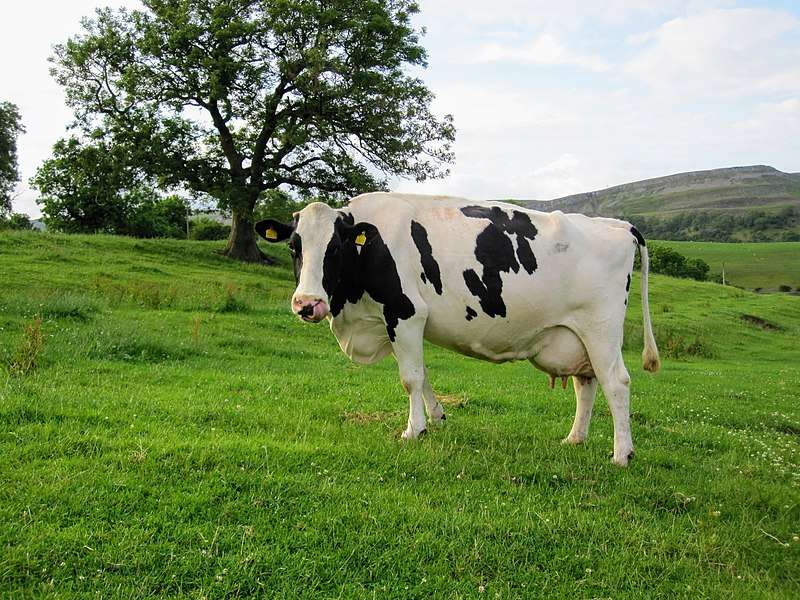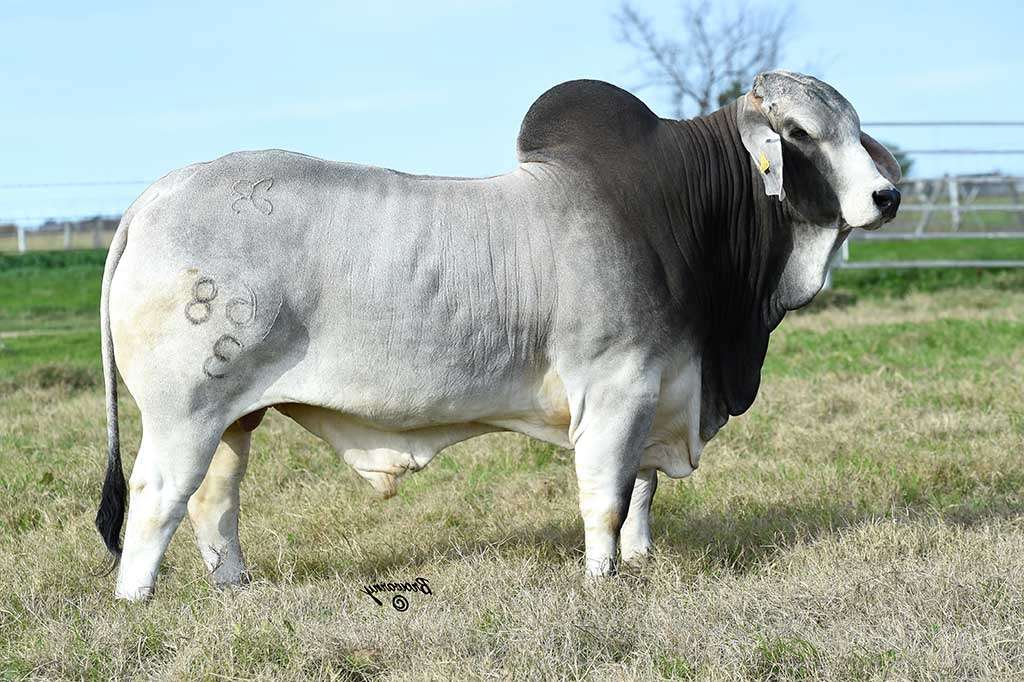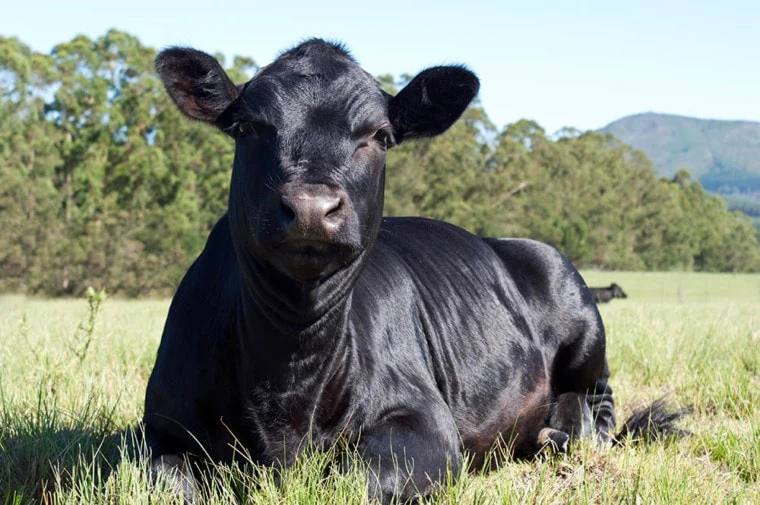
Size
1.4 meters
Color
Mixed Red and white color
Appearance
The common color of the milking shorthorn is a close blend of white and red. Milking shorthorns come in a variety of colors. Additionally, this breed’s small, well-proportioned feet support its bulky body. A milking shorthorn typically weighs 1410–1500 Ib.

Characteristics and Genetics
This breed is renowned for its stability. The majority of the coat-color genes in milking shorthorns are co-dominant, resulting in the breed’s distinctive color patterns and roan coloring. This breed produces 6800 to 7000 kg of milk on average per year. This breed’s milk contains a 3.3% protein and a 3.8% butterfat content. The breed’s three main genetic traits are durability, ease of calving, and high adaptability.
Uses
As suggested by the name, dairy cattle reared for milk production are Dairy Shorthorns. The Shorthorn produces 19,842 pounds of milk each day over a 305-day period. For comparison, Holstein cows may produce up to 25,000 pounds annually.
Origins
Having an efficient breed was a driving force when the cattle business took off and began using dairy cows for large output. It was created via the method of selective breeding close to the Tees River in England.
The Shorthorn once had the potential to be used for more than just producing meat. Over the course of a few breeding years, the dairy sector began to use it often. These cows are excellent for multipurpose conditions on small farms and generate a good volume of milk. Despite being much more widespread globally, they are among the most common cows in some parts of England, Australia, and the United States.
Table





